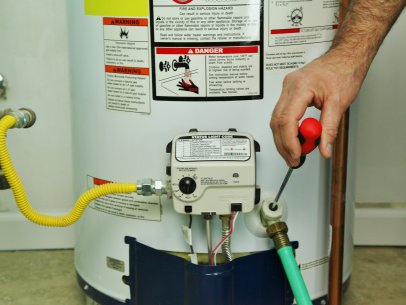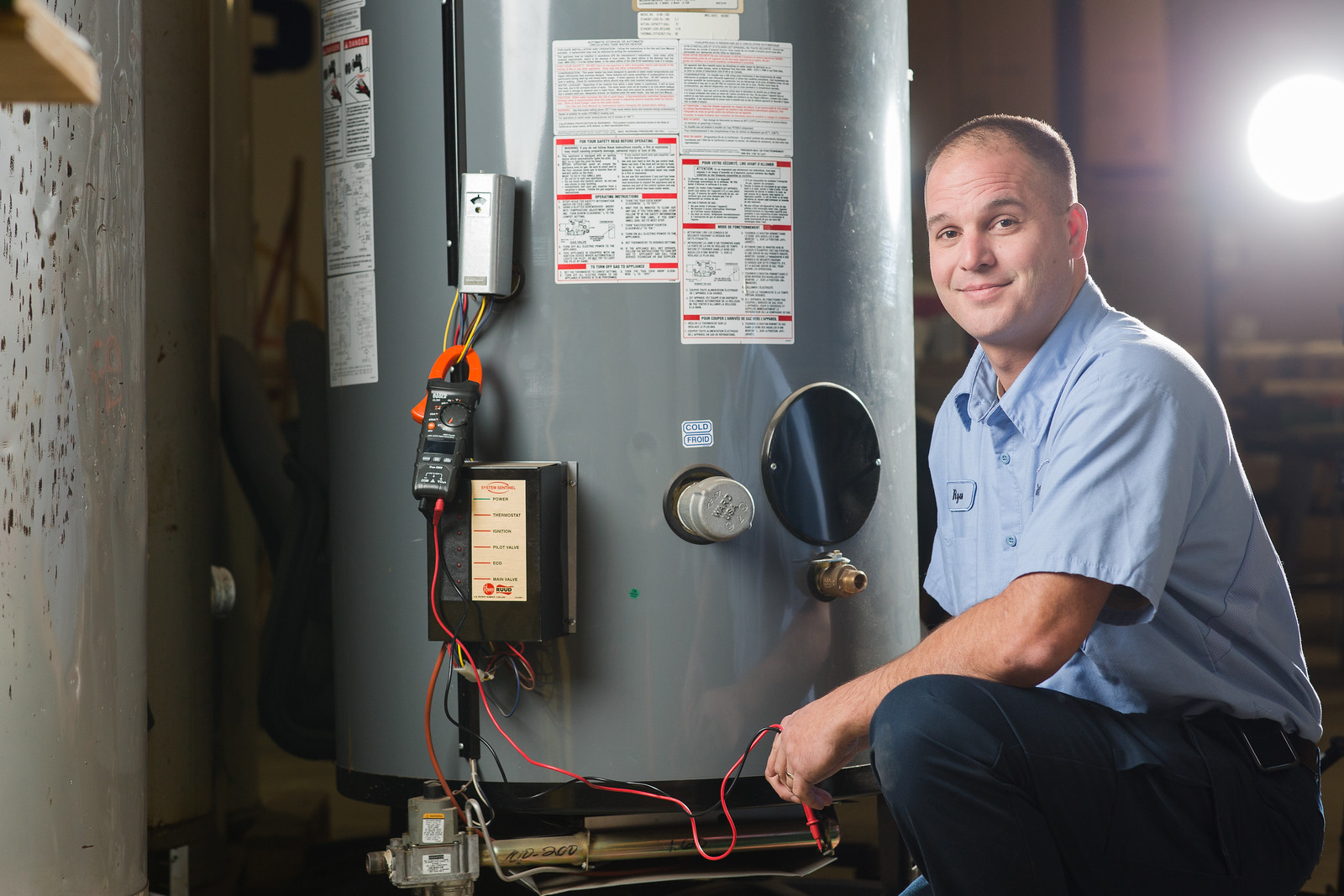The publisher is making a number of great points on the subject of Water Heater Maintenance Tips You Can't Afford to Forget in general in this content on the next paragraphs.

Warm water is necessary for daily comfort, whether it's for a rejuvenating shower or cleaning recipes. To ensure your warm water system runs successfully and lasts much longer, normal maintenance is essential. This article supplies useful tips and understandings on just how to preserve your home's warm water system to prevent disturbances and expensive repairs.
Introduction
Maintaining your home's warm water system might seem daunting, however with a couple of easy actions, you can guarantee it operates smoothly for several years to find. This overview covers everything from recognizing your warm water system to do it yourself upkeep tips and understanding when to hire specialist help.
Relevance of Keeping Your Hot Water System
Normal maintenance not just extends the life-span of your hot water system but also guarantees it operates successfully. Neglecting upkeep can lead to reduced effectiveness, greater energy bills, and even premature failure of the system.
Signs Your Warm Water System Needs Upkeep
Knowing when your hot water system requires focus can prevent major issues. Watch out for signs such as inconsistent water temperature level, odd sounds from the heater, or rusty water.
Comprehending Your Warm Water System
Prior to diving right into maintenance jobs, it's handy to recognize the fundamental parts of your warm water system. Generally, this consists of the hot water heater itself, pipelines, anode poles, and temperature level controls.
Month-to-month Upkeep Tasks
Normal monthly checks can help capture minor problems before they rise.
Flushing the Hot Water Heater
Flushing your water heater removes sediment buildup, boosting performance and extending its life.
Checking and Replacing Anode Rods
Anode poles protect against corrosion inside the tank. Inspecting and replacing them when broken is vital.
Examining and Changing Temperature Level Settings
Adjusting the temperature settings ensures ideal performance and safety.
Do It Yourself Tips for Maintenance
You can carry out a number of maintenance jobs on your own to keep your warm water system in top condition.
Looking for Leaks
Frequently check pipelines and connections for leaks, as these can bring about water damages and greater costs.
Evaluating Pressure Alleviation Valves
Checking the pressure safety valve ensures it works correctly and protects against excessive stress build-up.
Shielding Pipes
Insulating warm water pipes lowers warm loss and can conserve energy.
When to Call a Specialist
While DIY upkeep is beneficial, some problems call for professional expertise.
Complex Issues Needing Specialist Assistance
Instances include significant leakages, electrical issues, or if your water heater is regularly underperforming.
Routine Specialist Maintenance Advantages
Expert maintenance can include extensive examinations, tune-ups, and ensuring conformity with security requirements.
Verdict
Routine maintenance of your home's hot water system is necessary for effectiveness, durability, and price financial savings. By adhering to these tips and understanding when to look for professional assistance, you can guarantee a reliable supply of warm water without unanticipated disruptions.
Water Heater Maintenance: The Basics
Maintaining your water heater will ensure it operates efficiently and has a longer lifespan. Neglecting regular maintenance can lead to costly repairs and an even bigger chunk of your savings if you have to replace it sooner than necessary. But there’s good news: Most water heater maintenance tasks are relatively simple and easy for homeowners with basic DIY skills.
Flush the Water Heater
Over time, sediment and minerals can build up in the tank, reducing its efficiency and potentially causing damage. To flush the tank, turn off the power or gas supply, attach a hose to the drain valve near the bottom and open the valve to drain the water until it runs clear. Ideally, flush the tank annually.
Replace the Anode Rod
The anode rod is a sacrificial metal rod that helps prevent corrosion inside the tank. Inspect and replace it every three to five years or per the manufacturer's recommendation. To replace the anode rod, turn off the power or gas supply, drain a few gallons of water from the tank, unscrew the old rod and replace it with a new one. If the anode rod is significantly corroded or covered in calcium buildup, it's a sign the water heater may need to be replaced soon.
Tune-Up
A yearly tune-up can help identify potential issues and ensure your water heater operates at peak efficiency. This typically involves checking the thermostat, burner assembly (for gas heaters) and any other components specified by the manufacturer. During a tune-up, the technician may also clean the burner and adjust the pilot light (for gas heaters) or examine the heating elements (for electric heaters).
How to Maintain Your Water Heater
Insulate the tank. Insulating the tank can improve energy efficiency and reduce heat loss, saving you money on energy bills. You can purchase precut insulation blankets designed specifically for water heaters or use standard fiberglass insulation wrapped securely around the tank. Check the temperature. The recommended water temperature for most households is around 120 degrees Fahrenheit (49 degrees Celsius). Higher temperatures can increase energy costs and potentially cause scalding. Use a kitchen thermometer to check the temperature at the faucet nearest the water heater. Monitor water pressure. Excessive water pressure can strain the water heater and cause leaks or even tank failure. Install a pressure-reducing valve if necessary. The ideal water pressure range is between 60 and 70 PSI (pounds per square inch). Test the temperature and pressure (T&P) relief valve. The T&P relief valve is a safety feature that releases pressure if the tank gets too hot or the pressure builds up too high. Test it annually by lifting the lever and allowing a small amount of water to release. Replace the valve if it doesn't release water or reseal properly. Check for leaks. Regularly inspect the tank, pipes and fittings for leaks or corrosion. Deal with issues promptly to prevent further damage. Even a small leak can lead to significant water damage over time. Consider a tankless water heater. If your traditional tank-style water heater is nearing the end of its lifespan ( typically 10 years), consider replacing it with a tankless water heater. These units heat water on demand, reducing standby energy losses and potentially saving you money on your energy bills. Schedule professional maintenance. While homeowners can perform many water heater maintenance tasks, it's still a good idea to schedule professional maintenance every few years. A plumber or HVAC technician can thoroughly inspect the unit, identify potential issues and ensure it operates safely and efficiently. https://www.homeserve.com/en-us/blog/home-improvement/hot-water-heater-maintanence/

We had been shown that report on Tips For Maintaining Your Hot Water Heater from an associate on our other website. Enjoyed our article? Please quickly share it. Help others find it. Thank you for taking the time to read it.
Visit My Web Page